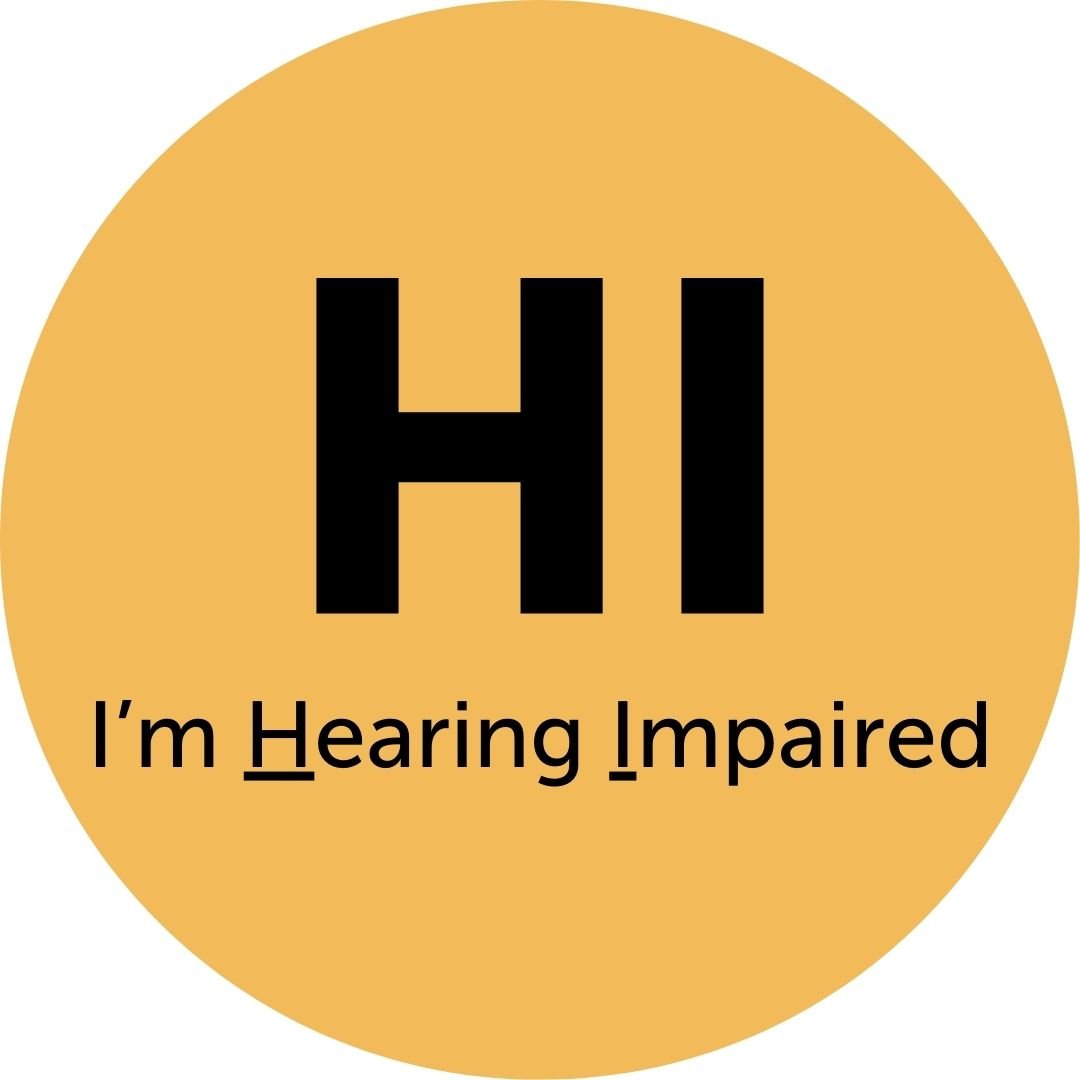Can Ménière’s Disease Be Cured?
Ménière’s disease is a a chronic inner ear condition affecting balance and hearing. Although there’s currently no cure, Hearing Health Foundation’s research aims to develop better treatments and ultimately find a cure.
Sign up for our monthly newsletter to stay up to date on our hearing and balance research.
What Is Ménière’s Disease?
Many conditions have similar symptoms. In its 2020 clinical practice guideline, the American Academy of Otolaryngology–Head and Neck Surgery (AAO-HNS) uses this definition for Ménière’s disease:
“Ménière’s disease is a disorder of the inner ear that includes episodes of vertigo with possible hearing loss, ringing or buzzing in the ear [tinnitus], or ear pressure [fullness].
“Ménière’s disease is defined by spontaneous vertigo attacks, each lasting 20 minutes to 12 hours, with low- to mid-frequency sensorineural hearing loss in the affected ear before, during, or after one of the episodes of vertigo. The clinical practice guideline defines vertigo as the feeling of spinning or moving when one is not moving. This is different from dizziness, which can mean feeling lightheaded or feeling like passing out.”
What Is the Latest Research?
In February 2025 Hearing Health Foundation co-hosted a research symposium on the condition at the ARO (Association for Research in Otolaryngology) MidWinter Meeting. Learn more about the symposium, including an overview, a detailed summary, and the recording of all the presentations (above) with captions.
HHF funds research to better understand and treat Ménière’s disease. Learn about our research projects.
What Treatments Are Available?
While there is no cure, lifestyle and dietary changes as well as some medications can ease Ménière’s symptoms. Eliminating or reducing salt, caffeine, and/or alcohol can help lower fluid retention in the inner ear. Antihistamines, anticholinergics, and diuretics may lower inner ear pressure by reducing the amount of fluid. Eliminating tobacco use and reducing stress also help some patients. For severe cases, surgery may be an option. Learn more about treatment options.
How Balance Works
The inner ear is a tiny but notable body part; not only is it important to hearing, but it is also where the balance organs and nerves are located.
The basic components of the inner ear include semicircular canals, the cochlea, the utricle, the saccule, and the vestibulocochlear nerve. The cochlea and one half of the vestibulocochlear nerve (the cochlear nerve) are responsible for hearing. The remaining semicircular canals, utricle, saccule, and vestibular nerve are responsible for balance.
There are three semicircular canals that contain fluid to activate sensory hair cells, which are arranged at 90-degree angles and detect different kinds of movement:
Up and down
Side to side
Tilting
The utricle connects the semicircular canals to the saccule, which also detect motion. They are located in the vestibule inside of the labyrinth, which is the bony outer wall of the inner ear. All of this is the vestibular system.
But it is not only the vestibular system that assists with balance. Vision and sensory receptors (muscles, joints, skin, etc.) all transmit messages to the brain that work together to regulate balance.
Emerging Research Grants scientist and Hearing Restoration Project member Jennifer Stone, Ph.D., provides an overview of the vestibular system in this research webinar and Hearing Health magazine article.













Eventually I told my boss that I would have to resign. As it turns out, that was the best decision I could have made. The enormous stress of my job had been a large contributing factor to the severity of my disease, and letting that responsibility go was decidedly the medicine I needed.